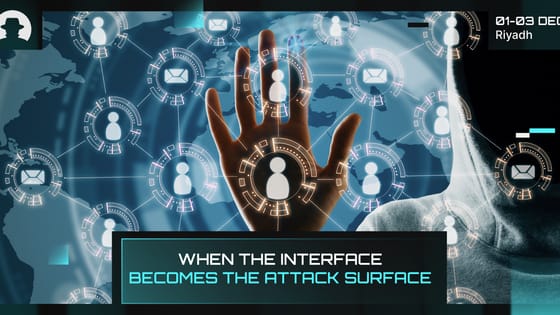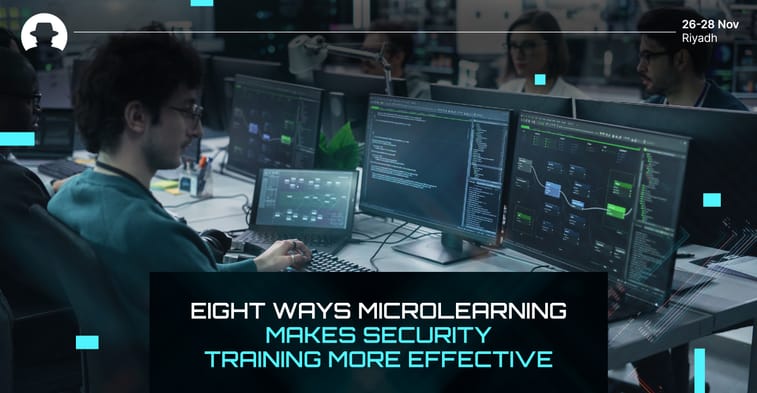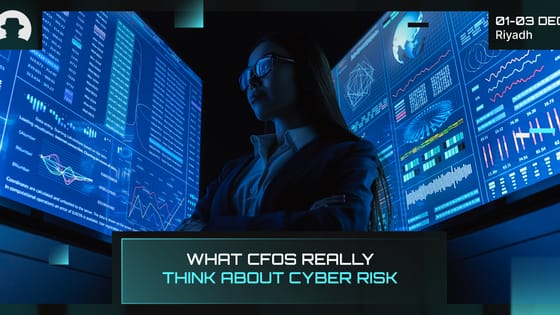
When the interface becomes the attack surface
Three recent campaigns (Tsundere, Matrix Push C2, and Sturnus) show attackers shifting command-and-control and data theft into places we treat as harmless UX plumbing.
Read More
It’s difficult to get employees to engage with cybersecurity training courses. There’s no getting around it – it’s something very few people in your organisation actively want to do, so training courses get pushed to the bottom of priority lists.
Course organisers have to chase employees, and often implement penalties for not completing mandatory cybersecurity training on time – which creates a negative, disinterested culture around cybersecurity, and drives disengagement and apathy.
So how can you motivate your employees to complete training courses; and maybe even to care about cybersecurity?
That’s where microlearning comes in. Instead of requiring employees to complete lengthy courses that take time out of their day, you can integrate cybersecurity education in bite-sized tasks and modules throughout their week, on a regular basis.
Here are eight ways microlearning simplifies security awareness training in a fast-paced organisation.
Microlearning involves short interactive modules or videos (usually around 3 minutes long, sometimes even less) that don’t interrupt overall productivity. The content is mobile-friendly, so employees can complete tasks on-the-go. And each lesson is highly focused on specific behaviours or security concepts that can have an immediate impact on the organisation’s overall security posture.
Studies show that we retain information more easily when we learn it in small, bite-size chunks – rather than absorbing large volumes of information in one go. So microlearning for cybersecurity takes advantage of the ways in which the human brain processes information, and helps employees tuck knowledge away in their long-term memory.
Continuous learning, and the reinforcement of learning, is essential to ensure that cybersecurity training programs are effective long-term. Microlearning builds reinforcement into the way it delivers information – with brief lessons repeated and adjusted on a regular basis, without becoming boring or overwhelming.
Just-in-time learning refers to targeted training for specific challenges, and training provided within teachable moments – for example, immediately after an employee clicks on a link in a simulated phishing attempt.
Microlearning content can be offered as quizzes, games, brief videos, infographics, audio lessons, and more. This variety helps to keep a learning program interesting, and enables learners to select training formats that work best for their brains.
When you deliver cybersecurity awareness training in the form of microlearning, you can easily make updates to specific content – for example, in response to new emerging threats, or threats associated with a particular event in your organisation’s calendar.
Microlearning doesn’t overwhelm learners with lots of information or deadlines; it’s integrated into their working life in a gentle, manageable way, so it doesn’t cause extra stress.
Most microlearning programs are designed to be accessed on mobile devices. This is increasingly important, as mobile devices become an increasingly significant part of our daily working lives. It means your employees can do their training any time, and not just when they’re sitting at their desks.
When you design a microlearning program for your organisation, consider how to keep the content as brief and focused as possible. Each module, task, or game should focus on just one very specific skill or concept – and including opportunities for immediate feedback helps to drive motivation and a sense of achievement.
Microlearning can be hugely valuable in increasing employee engagement with cybersecurity training. In turn, this drives results: microlearning can increase your organisation’s cyber resilience, and enable you to adapt quickly and effectively to changes in the threat landscape.
Join us at Black Hat MEA 2025 and discover how to improve your organisation’s cyber resilience.
Join the newsletter to receive the latest updates in your inbox.

Three recent campaigns (Tsundere, Matrix Push C2, and Sturnus) show attackers shifting command-and-control and data theft into places we treat as harmless UX plumbing.
Read More
CFOs say they’re confident in their organisation’s ability to handle cyber risk – and more than half plan to outsource cybersecurity expertise.
Read More
From fake celebrity endorsements to cloned voices in mobile scams, 2025 proved that deepfakes are now a real business and consumer risk.
Read More